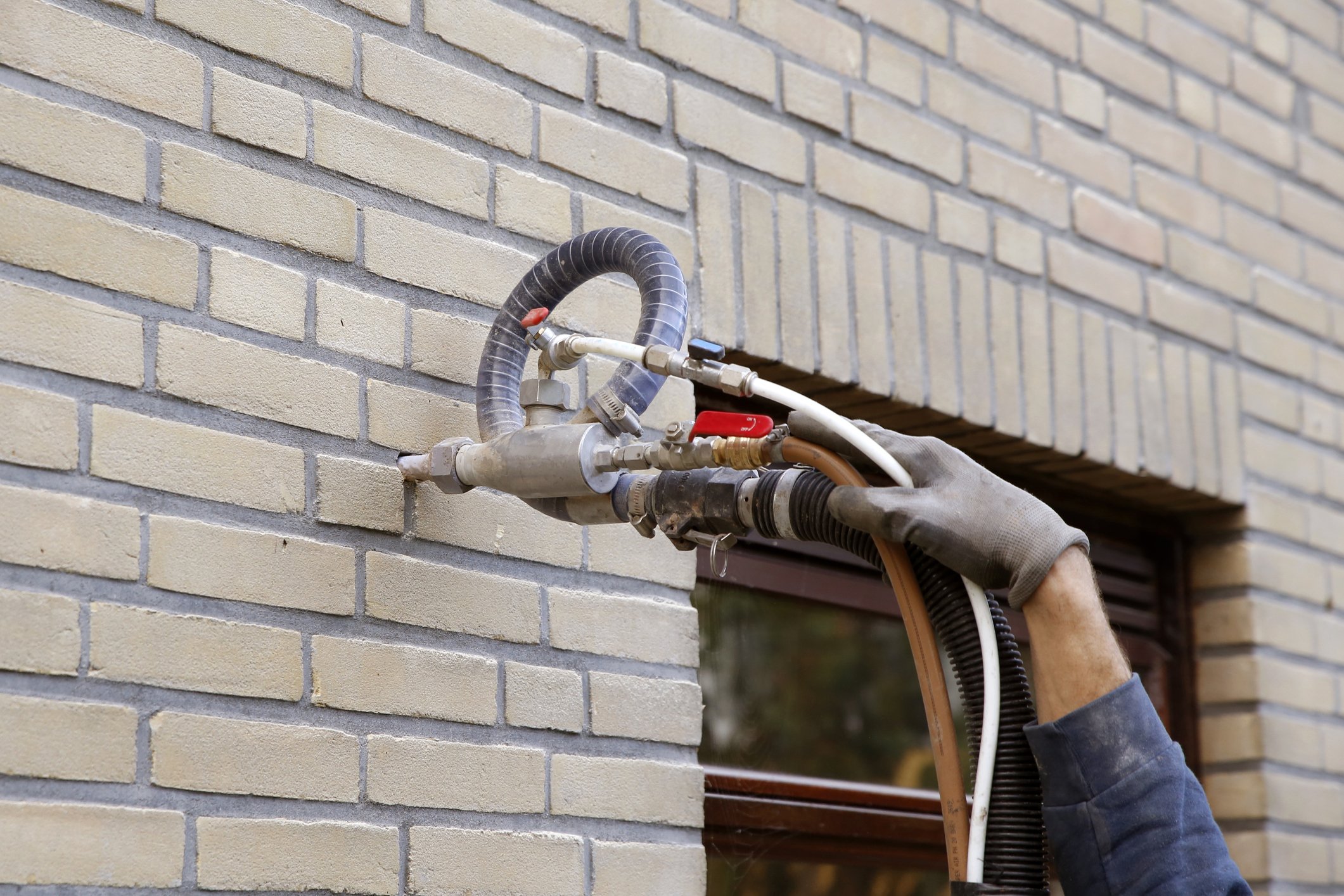Cavity wall insulation stands as a cornerstone of energy-efficient construction, offering a multitude of benefits for both homeowners and commercial property owners. This article aims to provide an in-depth exploration of cavity wall insulation, from its significance and installation process to its numerous advantages in terms of energy efficiency, comfort, and sustainability.
Table of Contents
What is Cavity Wall Insulation?
Cavity wall insulation involves filling the gap or cavity between the inner and outer walls of a building with insulating material. Typically, this cavity is found in buildings constructed with a double-wall structure, where an inner wall provides structural support and an outer wall acts as a protective barrier against the elements. The cavity between these walls, when filled with insulation material, helps to reduce heat loss or gain, thereby improving the thermal performance of the building.
The Importance of Cavity Wall Insulation:
Cavity wall insulation plays a crucial role in enhancing the energy efficiency of buildings by reducing the transfer of heat through walls. In cold weather, it helps to retain heat indoors, reducing the need for constant heating and resulting in lower energy bills. Conversely, during hot weather, cavity wall insulation helps to keep the interior cool by preventing excess heat from penetrating the building, thus reducing the reliance on air conditioning systems.
The Installation Process:
The installation of cavity wall insulation typically involves the following steps:
1. Initial Assessment: A professional insulation contractor conducts a thorough assessment of the building to determine its suitability for cavity wall insulation. Factors such as wall construction, cavity width, and existing insulation are taken into account during this assessment.
2. Drilling Access Holes: Access holes are drilled into the external walls of the building at regular intervals, typically from the outside. These holes provide access to the cavity for the insulation material to be injected.
3. Insulation Material Injection: Once the access holes are drilled, the insulation material is injected into the cavity under pressure using specialized equipment. Common insulation materials used for cavity wall insulation include mineral wool, foam insulation, and polystyrene beads.
4. Hole Closure: After the insulation material has been injected, the access holes are filled and sealed to restore the appearance of the external walls. Care is taken to match the color and texture of the existing wall finish to ensure a seamless appearance.
5. Quality Assurance: A final inspection is conducted to ensure that the cavity has been fully filled with insulation material and that the installation meets the required standards for energy efficiency and building regulations.
Benefits of Cavity Wall Insulation:
- Improved Energy Efficiency: Cavity wall insulation reduces heat loss or gain through walls, leading to lower energy consumption for heating and cooling.
- Enhanced Comfort: By maintaining more stable indoor temperatures, cavity wall insulation creates a more comfortable living or working environment for occupants.
- Cost Savings: Reduced energy bills and potential government incentives for energy-efficient upgrades can result in significant cost savings over time.
- Environmental Benefits: Cavity wall insulation helps to reduce carbon emissions associated with energy consumption, contributing to environmental sustainability.
- Damp Prevention: Insulating the cavity can help prevent dampness and moisture ingress, reducing the risk of mold growth and structural damage.
In conclusion, cavity wall insulation offers a cost-effective and efficient solution for improving the thermal performance of buildings, enhancing comfort, and reducing energy consumption. By investing in cavity wall insulation, homeowners and property owners can enjoy a more comfortable living or working environment while also contributing to environmental sustainability. Click here for more information.

